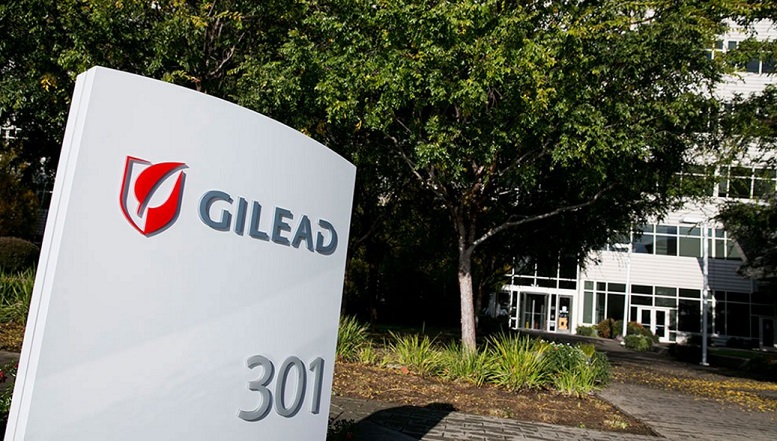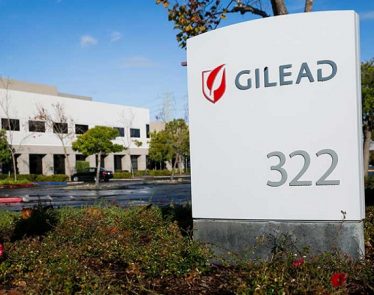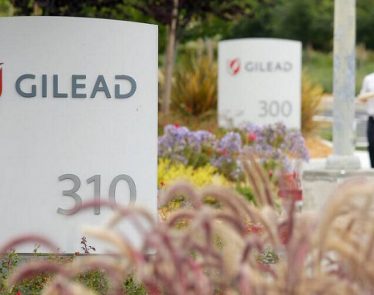
While company acquisitions are sometimes cause for alarm among investors, Gilead Sciences’ (NASDAQ:$GILD) recent buyout of Kite Pharma (NASDAQ:$KITE) at $180 per share may have been a smart move toward long-term growth and profitable outcomes for Gilead.
Kite Pharma, specializing in cancer therapy research and innovation, was estimated by analysts to earn roughly $200 million in sales by the end of 2018, at a price of $7.00 per share in earnings. Strictly based on those metrics, GILD’s acquisition may seem questionable. But there are other factors to consider.
Here are 5 ways the Gilead-Kite acquisition might turn out to be a profit-yielding success:
1- RESEARCH AND DEVELOPMENT GAINS
GILD is essentially buying a cell therapy research and development platform, thereby diversifying their potential for technological development. Shareholders stand to gain from KITE’s demonstrated promise for marketable innovation, which was previously inhibited to some degree by its smaller research and development funding. Given KITE’s pre-acquisition potential, amped-up funding targeted at R&D will translate into greater technological growth.
“Axi-cel, coupled with Kite’s leading manufacturing capabilities and its portfolio of next-generation technologies and therapy candidates, will serve as a foundation for Gilead’s efforts to build an industry-leading cell therapy franchise,” states Gilead’s press release.
2 – CULTURE FIT
“Our similar cultures and histories of driving rapid innovation in order to bring more effective and safer products to as many patients as possible make this an excellent strategic fit,” reads the press release. Although commonplace statements like these may not necessarily reflect anything meaningful in the context of other acquisitions, the fact that both these companies are rooted in California biotechnology culture at the very least suggests that the merger of their operations is likely to go more smoothly. No official statement as of yet regarding the company’s intention to consolidate laboratories and facilities, however.
3 – PROVEN TRACK RECORD
Gilead’s return on invested capital has consistently shown a steady incline over the past 10 years. While a consistent return on investment capital is not a one-to-one indicator of profit-yielding —especially in terms of research & development in the biotechnology industry — steady inclines are certainly not a bad sign.
4 – FUTURE ADDED VALUE
GILD’s $12-million purchase of Kite may seem like overspending when evaluating Kite’s share price alone, but not when considering the potential for technological innovation after an increased focus on R&D. By accelerating R&D, the cost-efficiency of Kite’s products, as well as manufacturing capabilities, the Gilead-Kite synergy looks promising for long-term investors.
5 – FAIR PREMIUMS
Biotechnology acquisition premiums are notoriously high. In previous years, the industry has seen the average paid in premiums marked around 55%. These are, of course, calculated based on a high expected return yielded from things like more effective R&D. GILD’s acquisition, although still high in relation to the market overall, hit around 30%, which is about average for 2017 biotech premiums.
The acquisition will no doubt dent Gilead’s short-term profits, but their long-term vision includes Kite’s innovative potential, which they hope will increase profits by laying a greater stake in cell therapy treatment technologies.
Featured Image: twitter







